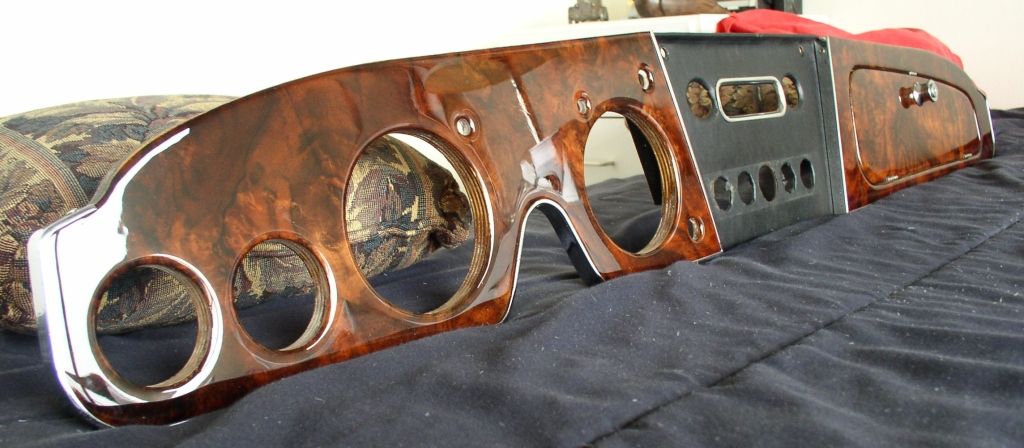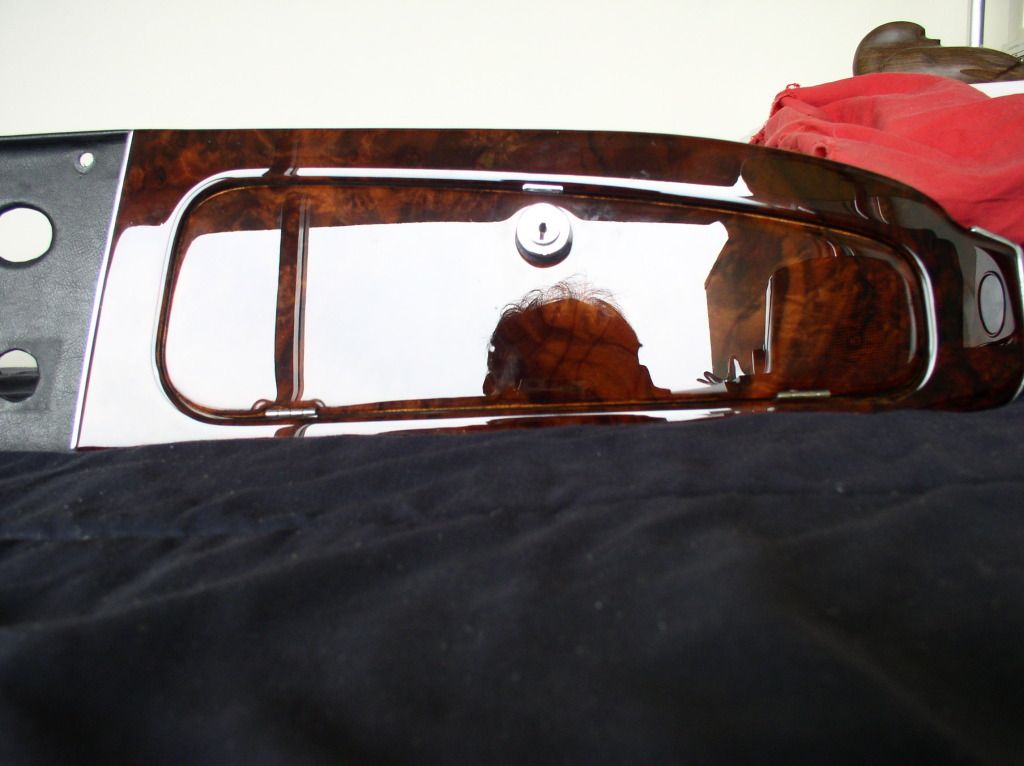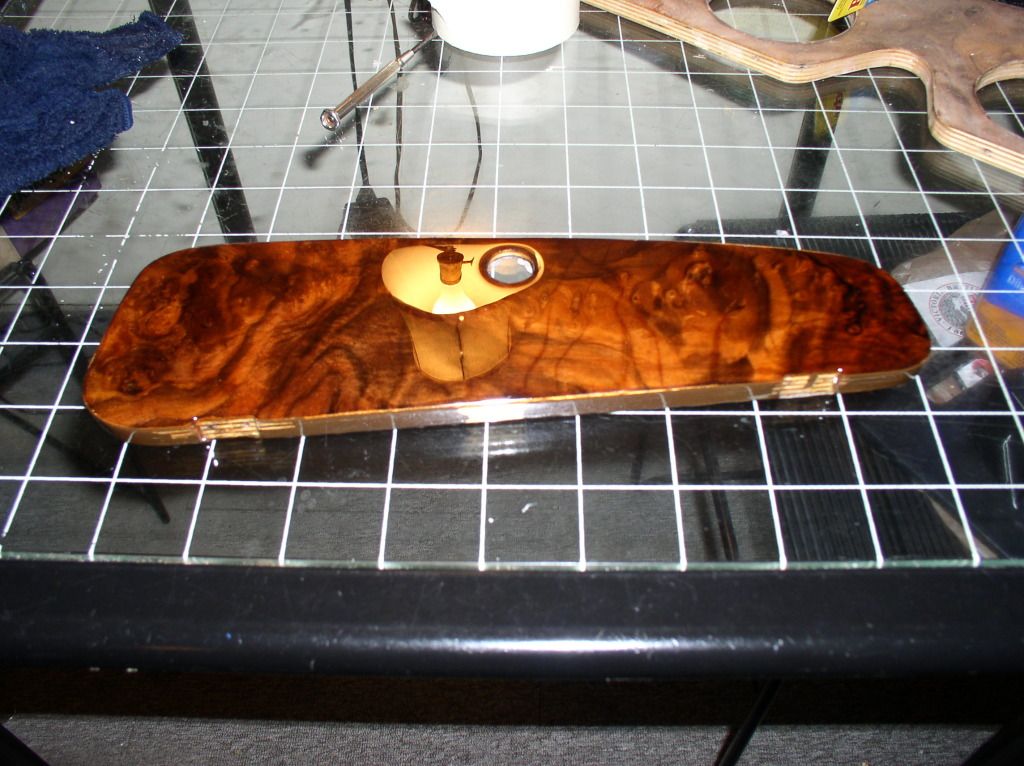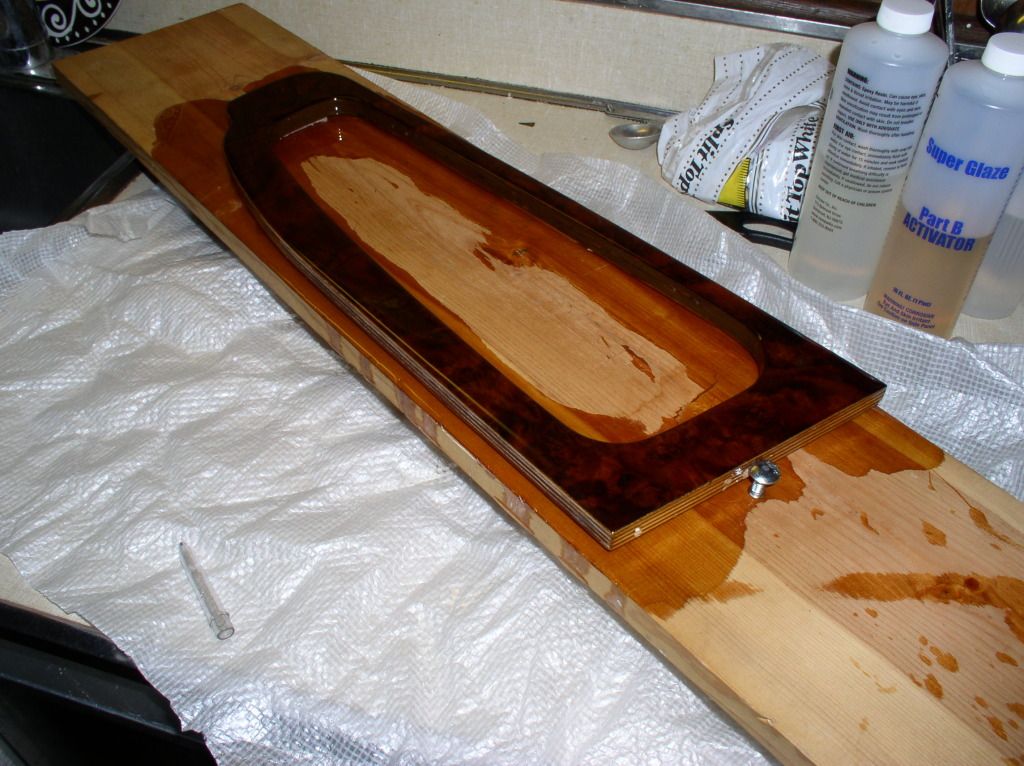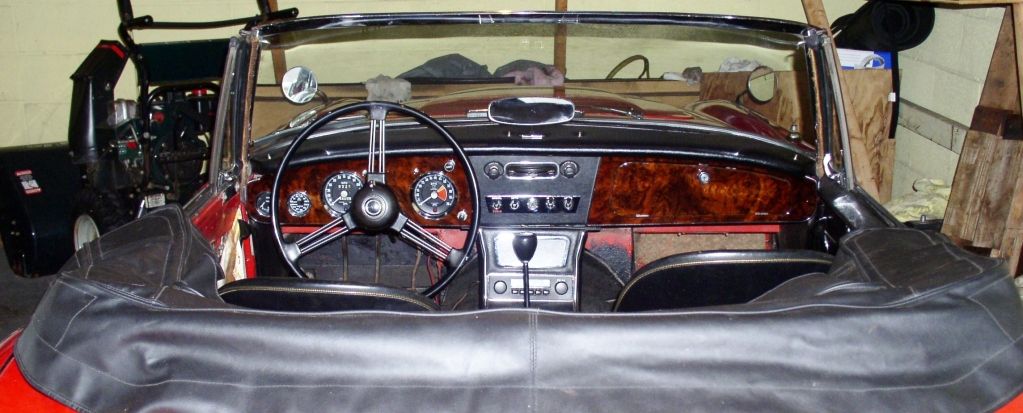richberman
Jedi Warrior
Offline
Don't cut the temp probe. Instead get a cheap socket and cut a notch or slot to allow the probe space!
 Hi Guest!
Hi Guest!

 smilie in place of the real @
smilie in place of the real @
 Pretty Please - add it to our Events forum(s) and add to the calendar! >> Here's How <<
Pretty Please - add it to our Events forum(s) and add to the calendar! >> Here's How << 
...and put a hose clamp on the socket to keep it snug against the probe nut. Can't find a pic to post.richberman said:Don't cut the temp probe. Instead get a cheap socket and cut a notch or slot to allow the probe space!
rjc157 said:Paul what you have to do is get a socket i think its 5/8 and cut a wedge out of one side large enough for the wire to pass through
Patrick67BJ8 said:...and put a hose clamp on the socket to keep it snug against the probe nut. Can't find a pic to post.richberman said:Don't cut the temp probe. Instead get a cheap socket and cut a notch or slot to allow the probe space!
richberman said:Don't cut the temp probe. Instead get a cheap socket and cut a notch or slot to allow the probe space!
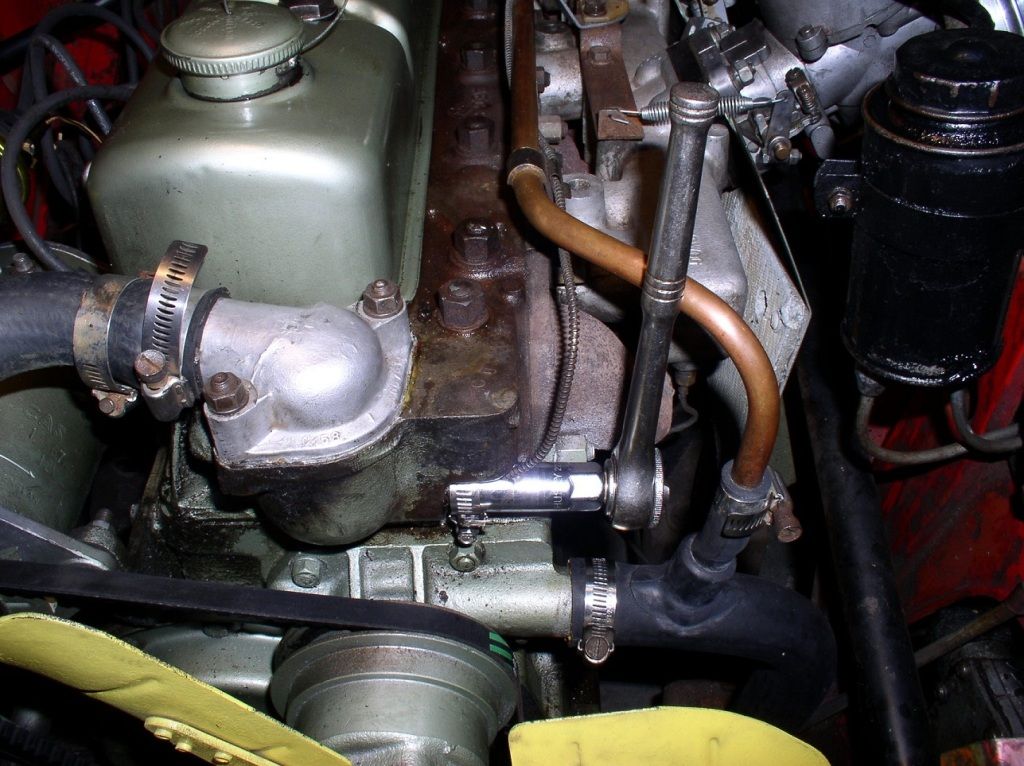
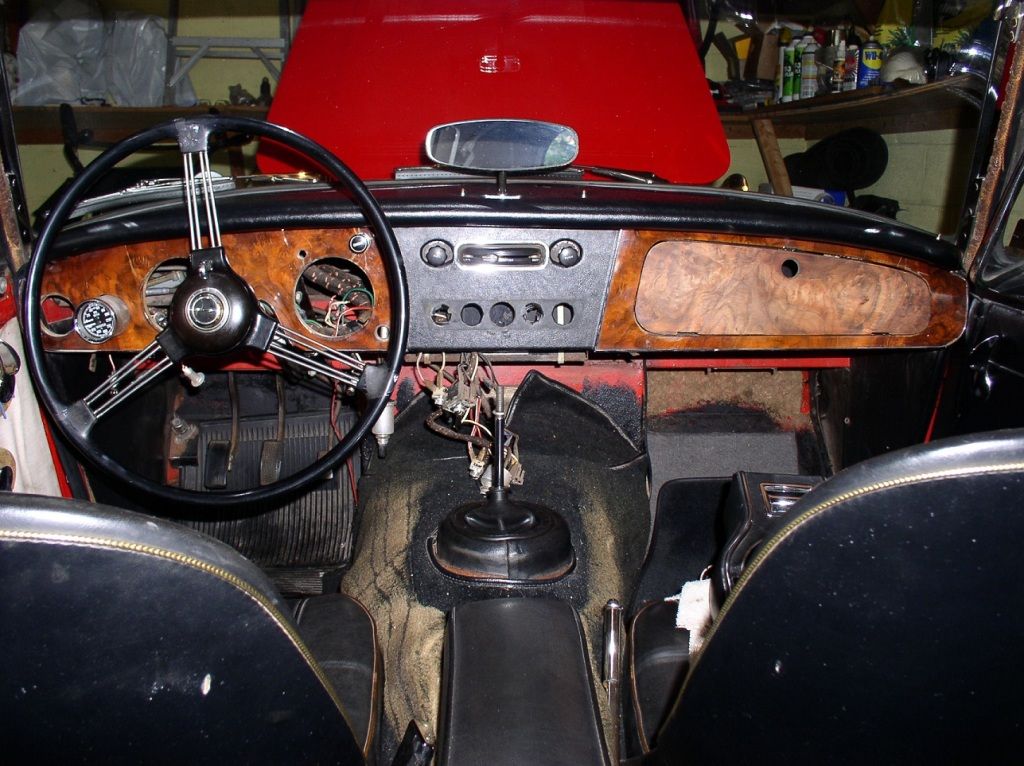
richberman said:Nicely done!

